Hydroponic cultivation is proving to be a very efficient option for growing strawberries, not only to produce fruit but also to produce seedlings. In addition, it's become a very interesting option now that the European Union is banning disinfectants from the market, which has made it increasingly complex and costly to control pathogens in soils. But that's not the only advantage that the growing seedlings hydroponically brings to nurseries and producers, stated Luis M.ª Aliseda Martín, technical director at Berries del Oeste.
"We grow our strawberry plants hydroponically so that the mother plants of our Iguazú Savour varieties have the best health. The plants grow in aseptic peat so don't have any contact with soil and we carry out weekly treatments to maintain asepsis throughout the entire crop cycle. Greenhouses protect the plants against insects and allow us to control the growth conditions of the plants at all times."
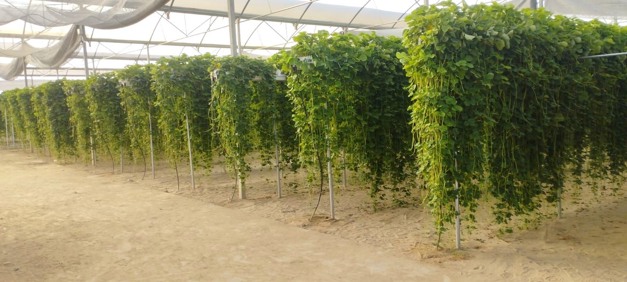
"We also have better handling conditions when harvesting and planting the mother plant in pots, as we've established a periodic protocol for workers to disinfect their gloves and the materials used to guarantee maximum sanitation in the plants we deliver to our customers."
"All the nurseries that have started growing strawberries with this system are getting better results. The regularity of the plant line is much higher and the seedlings we obtain from each stolon have much stronger rooting. Thus, there are much fewer plant losses compared to bare-rooted plants, and the plants require much less irrigation."
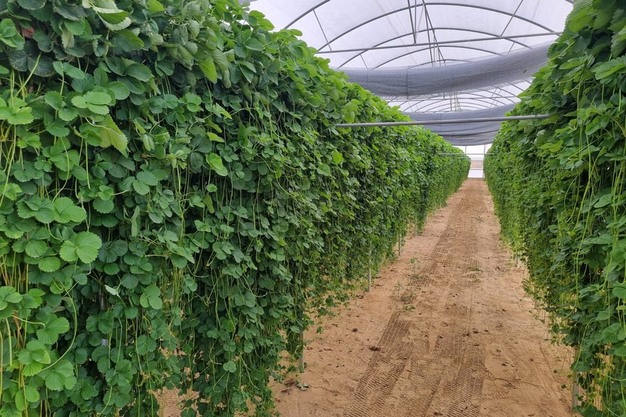
"In addition, the EU's ban on soil disinfectants has made it very difficult for nurseries to keep soils clean of pathogens and weeds. This has led to a significant increase in labor needs, driving up costs to the point that, the cost of bare-root plants is getting closer to that of potted plants," Luis stated. "In hydroponics, we optimize all these costs with stronger plants that go into production earlier, which is another advantage for producers."
"The Arwen variety is becoming more popular in Huelva thanks to its productivity, good taste, high weight, elegance, and how easy it is to harvest"
Berries del Oeste multiplies the plants of its Iguazú variety program in Don Benito, Badajoz, outside the area of high-altitude nurseries that have traditionally supplied strawberry plants to Huelva. The Arwen variety stands out. As IFAPA pointed out in its report on the strawberry varietal distribution in Huelva in the 2023/24 campaign, it has experienced a significant and rapid increase in the area planted in the province.
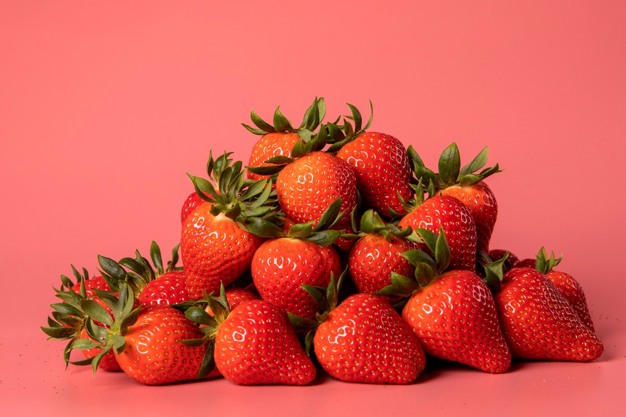
"Arwen has only been on the market for a very short time, but it has been a great success within the wide range of varieties available. It is a very vigorous variety selected within our Iguazú Savour flavor line, with a very high productivity thanks to the high light capturing capacity of its leaves, which is much higher than the average of the varieties." The plant produces a leaf with a very large surface area that gives it great photosynthetic capacity and provides greater weight that makes the fruit visible and accessible to harvesters, Luis said.
"The Arwen plant yields fruit several times throughout the crop cycle. The fruits weigh about 100 grams on average and their Brix degrees range from a minimum of 8 in March to 11-12 in the winter months."

"Arwen is gaining ground in Huelva thanks to its productivity, good taste, high weight, elegance, and ease of harvesting. It appeals to a very wide range of clients, from those looking for a premium product to those interested in producing large volumes of high-quality fruit."
"This season, we doubled last year's figures surpassing 50 million Arwen plants, which is evidence of the growth and demand for this variety. It's also a good indication of the growth it will continue to have in the future."
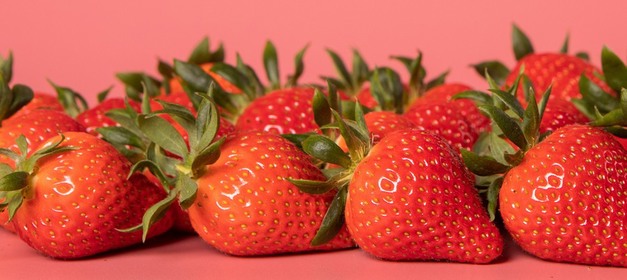
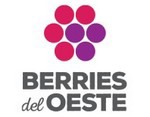 For more information:
For more information:
Berries del Oeste S.L.
Calle Cedro, 15. 06400 Don Benito, Badajoz (Spain)
Email: [email protected]
www.berriesdeloeste.com
